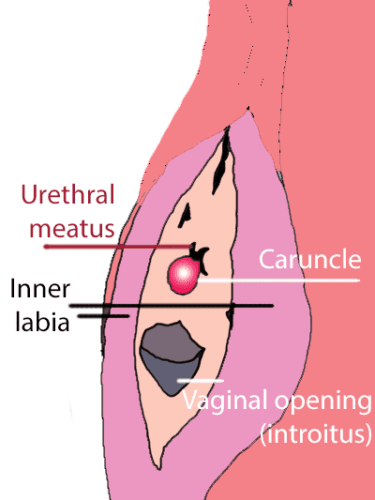Study: the impact of temperature and pH on biofilm formation – it matters!
Temperature and pH make all the difference to biofilm formation in several studied bacteria.
Why duration matters when treating BV
One reason why BV treatments don't work is that they are not done diligently or for long enough. Here's some more tips.
Can I make vagina yoghurt from a healthy friend or relative?
How to harvest and ferment vaginal secretions to use with the milk kefir, or instead of the milk kefir.
Can the BV treatment cause lactobacilli overgrowth syndrome?
Will the lactobacilli proliferate too much from the BV treatment?
I have stringy yellow discharge – is this the BV biofilm?
Is this stringy yellow discharge the biofilm?
The peroxide and kefir just falls right out even with a tampon
The kefir and peroxide keeps coming out after insertion - what am I doing wrong?
I’m going away – can I break my treatment plan? (Killing BV)
We explain what to do with each of the treatments if you need to go away either on a planned trip or unexpectedly. How long is too long?
What are your success rates with the Killing BV program?
She wants to know what chance the Killing BV program has of success - good question!
Urethral diverticula
Diverticulum is a shift in the position of the urethra due to the periurethral (Skene's glands) enlargement, possibly due to infection or an anatomical abnormality that manifests later in life.
Skene’s duct cysts or abscesses
Skene's duct cysts and abscesses can cause a range of symptoms including problems urinating.
Urethral cancer
Urethral cancer is an uncommon form of cancer, with its own set of challenges in diagnosing and treating because of its rarity. Urethral cancer has been reported in women from age about 19 onwards, but is most common in elderly women.
Urethral caruncles
Urethral caruncles are pink or red sores on the edge of the urethral opening which may bleed or cause pain, most common in postmenopausal women, less common in premenopausal women, and sometimes in children. Caruncles are benign.
Study: more Australian women using IUDs and implants
Researchers take a look at contraception trends in Australia.
Hidradenitis suppurativa
HS is a sweat gland condition that causes distressing symptoms that include abscesses and boils on the outer labia and other places.
Tetracyclines for non-antibiotic uses
Find out what actions tetracyclines have outside of their antibiotic properties.
Lymphogranuloma venereum (the ‘other’ chlamydia)
Lymphogranuloma venereum is an STI related to chlamydia that causes sores and blisters, and can cause irreversible damage to the rectum and other tissue if left untreated.
Orgasmic disorder – anorgasmia (Coughlan’s Syndrome)
Orgasmic disorder means an inability to orgasm (anorgasmia), an incomplete or small orgasm, or delayed orgasm.
Understanding persistent genital arousal disorder (PGAD) and genito-pelvic dysesthesia (GPD)
Persistent genital arousal is a condition whereby the genitals are in a state of hyperarousal at inopportune moments.
Study: vaginal and clitoral tissue changes with oestrogen levels (rabbits)
A rabbit study demonstrates changes in vaginal and clitoral tissue due to a lack of circulating oestrogens.
Experimental models for investigating female sexual function and dysfunction: a short review
A short review of experimental models for investigating female sexual arousal dysfunction.


